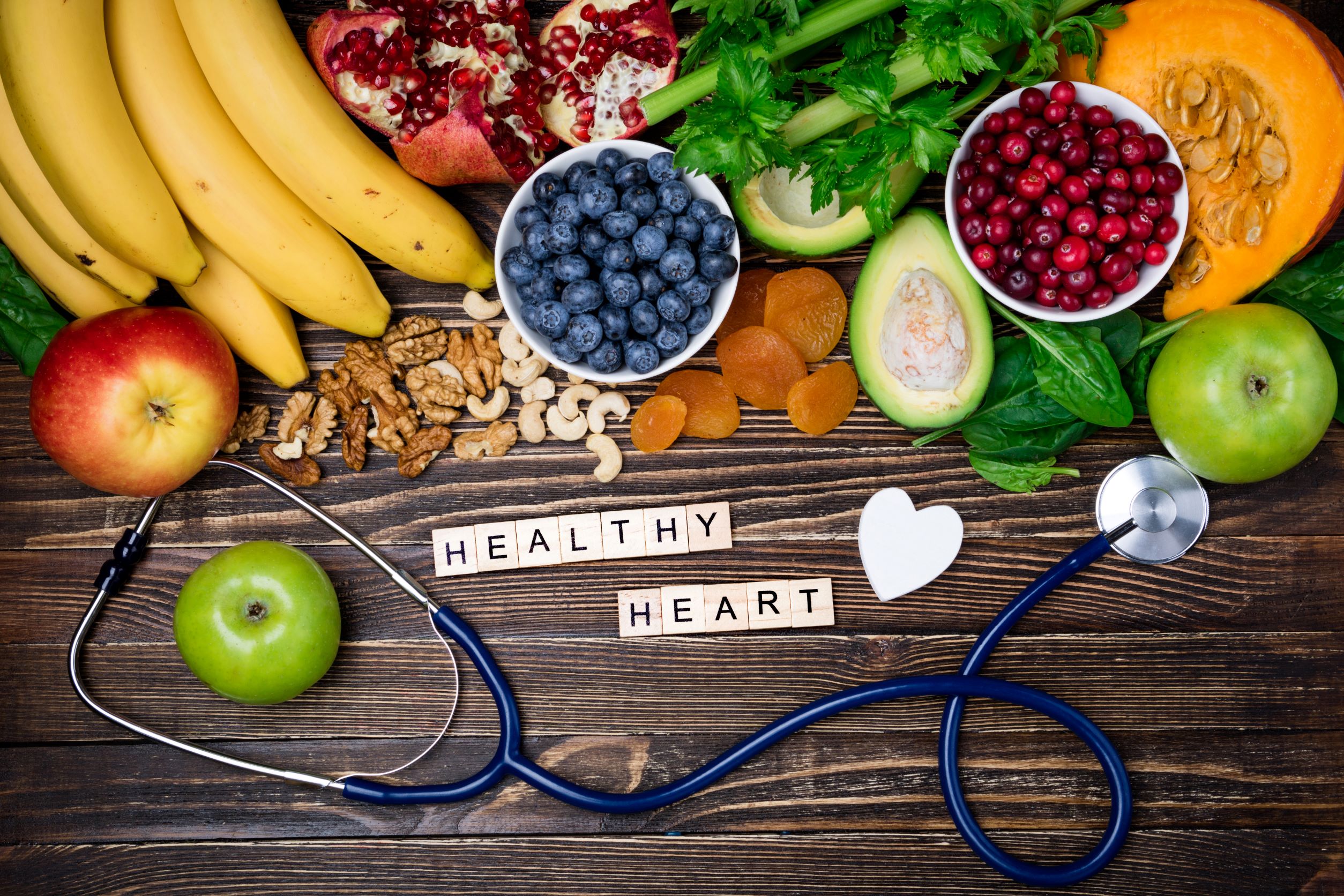
When it comes to your heart’s health, what you eat plays an important role. During February, American Heart Month, AFSPA wants to offer the following tips for a heart-healthy diet:
Heart Healthy Shopping List
How AFSPA can Help
Foreign Service Benefit Plan members have access to variety of wellness programs to help keep your heart healthy – from preventive care activities that help you earn rewards, to programs that help manage specific health conditions.
Click here to learn more about programs designed for those who may be at risk for heart disease. If you’re looking for helpful health and wellness resources, click here.
Copyright © 2025 All Rights Reserved by AFSPA.